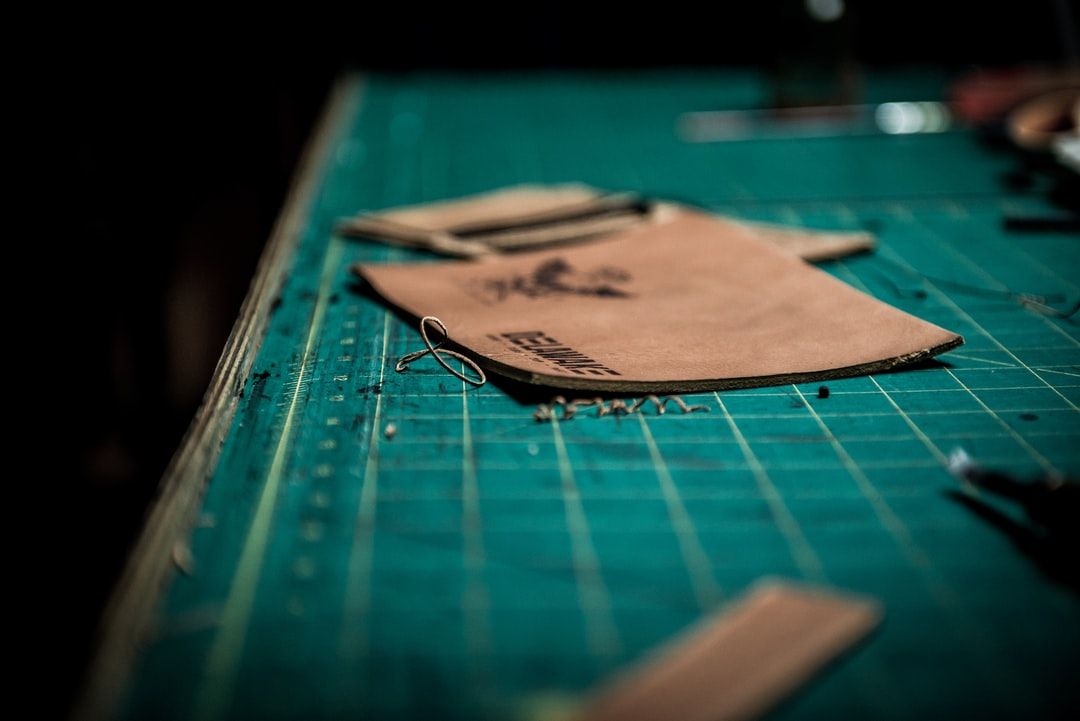I often refer to the dog world as a minefield because it can be a hostile place for both guardians and their dogs and sometimes you might not know, which way to turn. Many would assume that places like pet shops and mainstream pet stores would never stock anything that could possibly cause harm to dogs, but sadly this isn’t the case. Nevertheless, dogs deserve to be protected, so this article is going to consider 3 shocking dog products to definitely avoid at the pet store and why.
Rawhide
Rawhide has been a popular dog chew for many years and are still so today, however, once you know how they are made I doubt you will ever buy them again. Firstly the hides are treated in a chemical bath, in order to preserve them during transport and then they are then treated with a highly toxic recipe of sodium sulphide liming, which removes the hair and fat. The hides are then treated with even more chemicals to break it down into layers and then washed with bleach/ hydrogen peroxide to whiten them and wash away any smell.
Just when that seemed enough, they are then painted to look white or in different seasonal colours (to appeal to the eye of shoppers) using artificial dyes and then finally glued together to preserve their shape. Shockingly, when rawhide has been tested, toxic chemicals including mercury, arsenic, lead and formaldehyde have been found. Surely if they contained such toxic chemicals, the FDA would not approve them? Well the FDA does not consider these chews to be food, thereby allowing them to be sold to unsuspecting dog guardians.
Not only are these toxic, they are also known for causing choking, bowel impaction, bowel perforation and even death. So, definitely worth avoiding this disgusting product, particularly around Christmas!
Not only are these toxic, they are also known for causing choking, bowel impaction, bowel perforation and even death. So, definitely worth avoiding this disgusting product, particularly around Christmas!

Training Collars
When equipment is advertised as having a guaranteed improvement on your dog’s behavioural issues, you must consider how this is possible. Sadly, this is an effective ploy preying on those that are desperate for a quick fix for their dog’s behaviour. Many pet stores now sell so called “training collars” that spray citronella in the dog’s face, produce an ear piecing noise when they bark or a sudden vibration/shock around their neck.
No matter how safe and kind the products profess to be, each is classed as an aversive. An aversive is something that a dog finds extremely unpleasant, scary or painful. Many of these products use words like light spray, mild shock or minor discomfort to trick you into believing that they are okay to use because they aren’t that unpleasant. But that’s the point. An aversive will only stop unwanted behaviour if its incredibly unpleasant to the dog, therefore if it does stop your dog barking etc, it must make your dog feel incredibly uncomfortable. Some may argue that even if it is unpleasant it works and its worth a little bit of discomfort. Well this certainly isn’t the case.
Dogs can become gradually desensitised to aversives, especially when they are used regularly. This means the handler would need to regularly escalate the punishment for it to stop the unwanted behaviour and eventually be out of options. Ironically, the product states that this collar will ensure “More best moments with your pet” but I and many other trainers could promise you that’s definitely not the case.
Dogs can become gradually desensitised to aversives, especially when they are used regularly. This means the handler would need to regularly escalate the punishment for it to stop the unwanted behaviour and eventually be out of options. Ironically, the product states that this collar will ensure “More best moments with your pet” but I and many other trainers could promise you that’s definitely not the case.

No Pull Harnesses
This is another example of a product promising to magically train your dog to stop pulling. The way I look at it, parents use reins on their toddlers to keep them safe. They don’t believe that pulling them around and preventing them going on the road actually teaches them the dangers of the road because they spend many years teaching them about road safety before allowing them independence. And yet many are led to believe that this harness teaches a dog not to pull.
In reality, if you were to change that harness to a y fitted harness, the dog would certainly return to pulling and so has not learned not to pull. Why? Well like the spray/E-collar, the no pull harness is an aversive designed to cause something unpleasant when the negative behaviour is displayed. In this case, the harness puts pressure on the forelimbs and lifts the legs slightly when the dog pulls, causing the dog to stop pulling. Dr. Zink, a sports medicine guru and canine athlete enthusiast, explains that no pull harnesses sit on top of the biceps and supraspinatus tendons, which coincidentally, are two of the most commonly injured area of a dog’s forelimbs.
Restriction of movement is likely to cause injury and can potentially cause gradual joint issues, such as arthritis, something buyers of this harness, likely didn’t bargain for. Hence, only consistent and ethical training can effectively teach a dog not pull.
In reality, if you were to change that harness to a y fitted harness, the dog would certainly return to pulling and so has not learned not to pull. Why? Well like the spray/E-collar, the no pull harness is an aversive designed to cause something unpleasant when the negative behaviour is displayed. In this case, the harness puts pressure on the forelimbs and lifts the legs slightly when the dog pulls, causing the dog to stop pulling. Dr. Zink, a sports medicine guru and canine athlete enthusiast, explains that no pull harnesses sit on top of the biceps and supraspinatus tendons, which coincidentally, are two of the most commonly injured area of a dog’s forelimbs.
Restriction of movement is likely to cause injury and can potentially cause gradual joint issues, such as arthritis, something buyers of this harness, likely didn’t bargain for. Hence, only consistent and ethical training can effectively teach a dog not pull.
Conclusion
This is by no means an exhaustive list of inappropriate and harmful items, however, these are some of the most popular purchases in pet stores and some of the worst for your dog’s wellbeing. It can be so disheartening to realise that trusted brands could sell products that could poison, injure, emotionally scar and even kill your dog. Sadly, we can no longer assume that just because a product is approved to be sold, that it is safe or beneficial for our dogs. However, if you always recognise that there is no substitute for training and continue to educate yourself regarding the best products for your dog’s physical and emotional welfare, you can keep your dog safe.
Remember I said the dog word is a mine field? Well, you should also remember that if you know where those mines are, you can avoid them and hopefully you will have the power to help other dog guardians avoid them too.
Start Your FREE Skill-Hub Trial Today
Commitment Free 3 Day Access
Canine Principles' Skill-Hub allows unlimited* access to ALL self-study courses, workshops & webinars.
*Requires Monthly Subscription. See Skill-Hub Subscription Page For Details.

